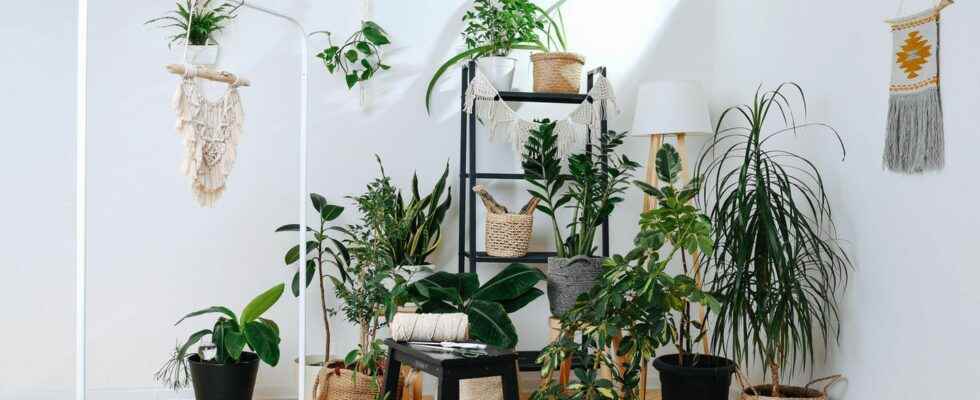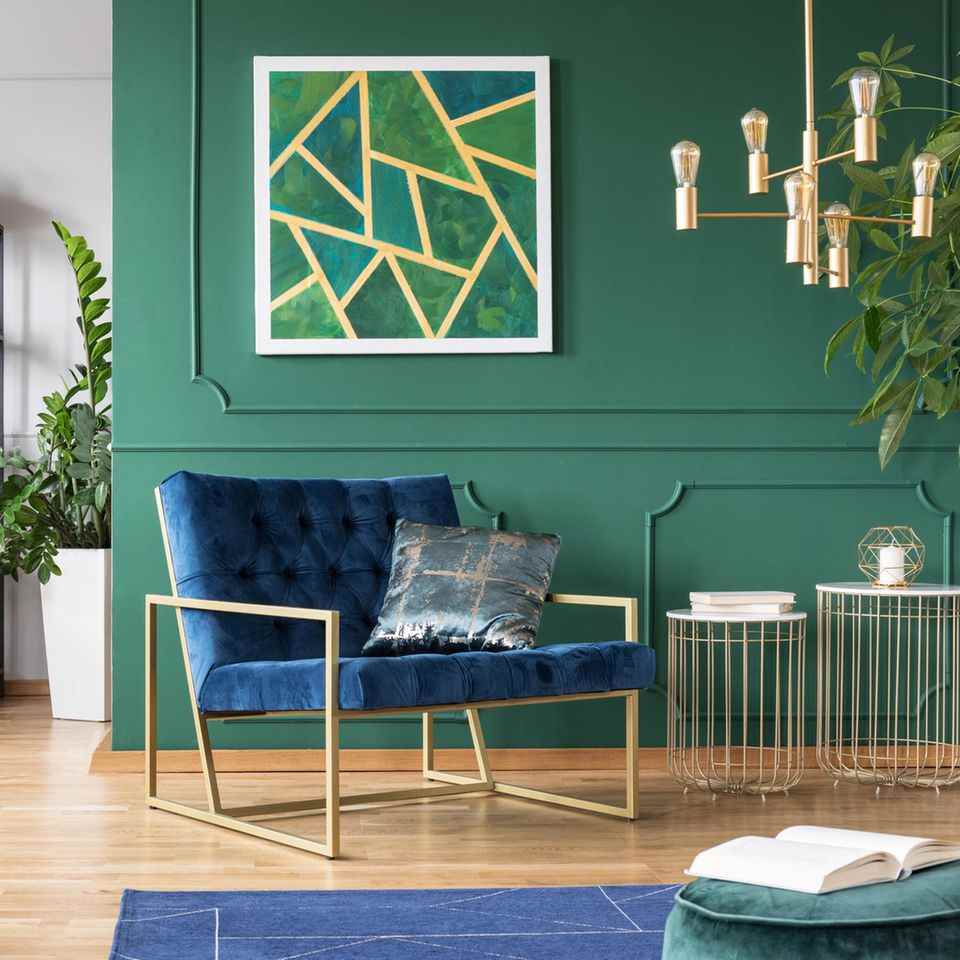living trend
plant it up
How to integrate plants into your home
© Kuznetsov Dmitriy / Shutterstock
It’s getting cold and gray outside, but it’s all the more green in our home. Here are our tips on how to make our four walls cozy – for us and our plant lovers.
The days are getting shorter and grayer, and the sun appears less often. Slowly but surely, autumn is making itself felt. We are now happy to stay within our four walls again and make ourselves comfortable on the sofa with a cup of tea and cozy socks. The sadness is welcome to stay outside. And what’s the best way? With a few little green helpers. Because just because it’s no longer green on our doorstep, it can still be happy in our four walls. We’ll show you how to stage your plants and, very importantly, how to get them through the cold season safely.
Happy plants – happy you
It has been proven that plants make you happy. If we bring a few green friends into the house, it is not only good for the interior design, but also for our well-being. On the one hand, it is fun to take care of the plants. How often have we enjoyed a new baby leaf or marveled at the fragrant blossom. On the other hand, the color green contributes to relaxation. All the cooler that some planties even have a positive effect on the air in the room. They filter them and moisten them. Of course, that’s great right now, because dry heating air is not necessarily the best for our respiratory tract.
Which plants are suitable for you depends, of course, on personal taste, but also on what your apartment has to offer. Light and humidity play a not so small role. Especially in the autumn and winter months it is important that your plants get at least a little bit of daylight. Tropical plants, which are very trendy at the moment, like high humidity and prefer a bright location. Nevertheless, there are also some that get by with less light, such as the calathea and the monstera. However, most plants tend to prefer bright light, while very few find direct sunlight good. So it’s best to think about where which plant could feel comfortable in your home beforehand.
No green thumb? Not bad!
Of course, our indoor plants need a little attention. Anyone who travels a lot, likes to forget to water and perhaps does not have the greenest of thumbs, does not necessarily have to do without a green oasis. There are some plant species that are no divas and thrive with very little care. They often come from barren areas and are used to poor soil and less than optimal lighting conditions. Therefore, they adapt perfectly to the respective starting position and we don’t have to do much at all. Some of them even filter the air if that’s not the jackpot!
Here come the plants that will survive on everyone
- bow hemp
- monstera
- ivy
- ficus
- A leaf
- lucky feather
Almost all of them get by with little light, especially the lucky feather, the single leaf and the bow hemp are very frugal. The Monstera does have to be watered relatively regularly, but then it grows like weeds – only prettier! – and delights us with regular replenishment of leaves. However, all plants are satisfied with minimal care and help us to have a greener apartment without much effort.
How do I get my plants safely through the cold season?
Our indoor plants also have an internal clock that they use as a guide. The days are getting shorter, the hours of sunshine less. Our green roommates notice this and go on winter break. This means that less is often more when it comes to plant care in autumn and winter. Your green roommates need rest now, because they gather all their energy in the roots to wake up strong again in spring. The important thing now is that you don’t do too much. You can easily reduce watering to once a week or even every two weeks (depending on the type of plant) and your plants do not need fertilizer in the winter months either. If your apartment is now becoming very dark, it may make sense to purchase a plant light. Very dry heating air is poison for tropical plants, always make sure that you do not place them too close to the heating and spray the leaves with water from time to time. Nothing should go wrong with these tips!


